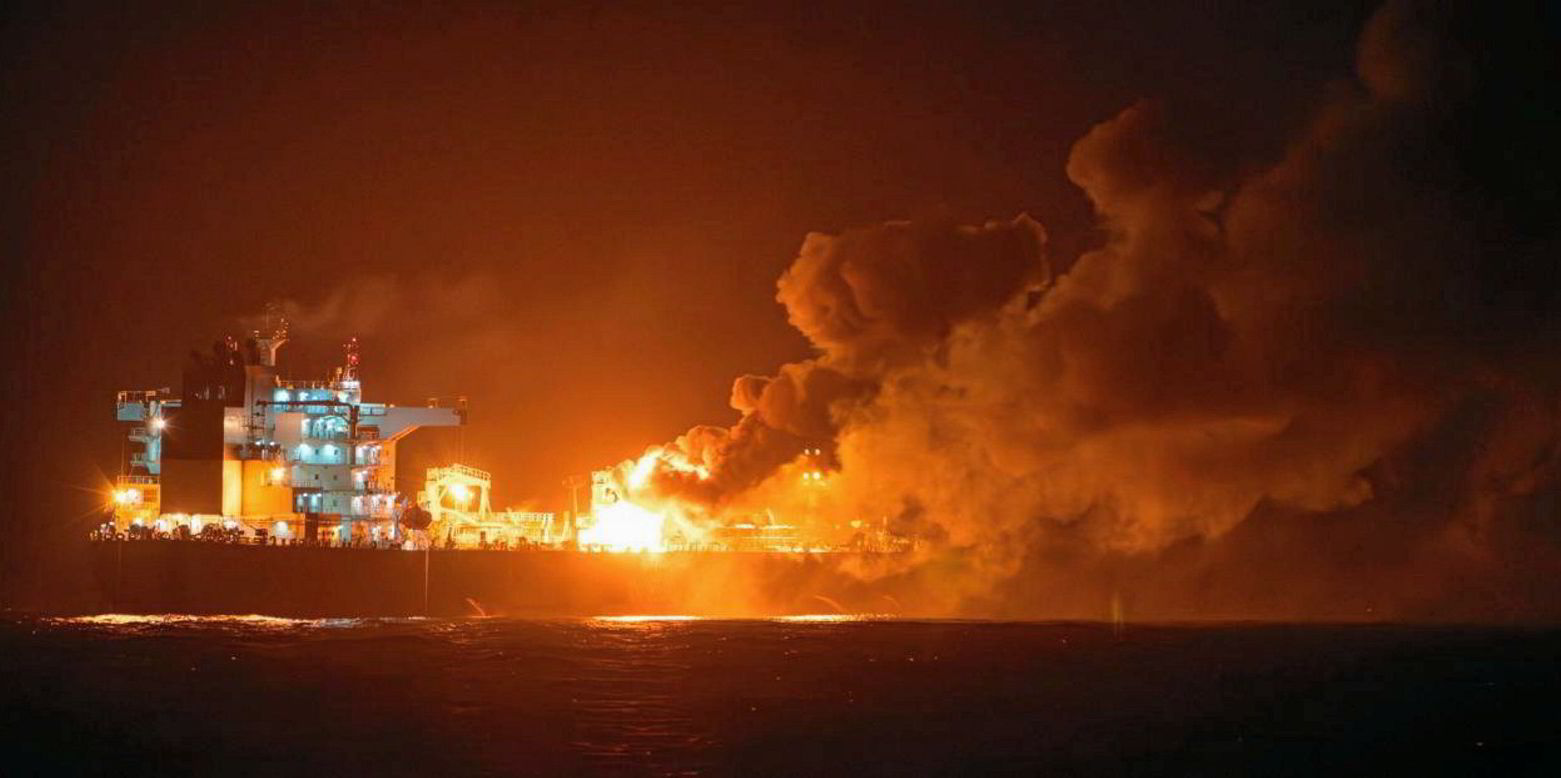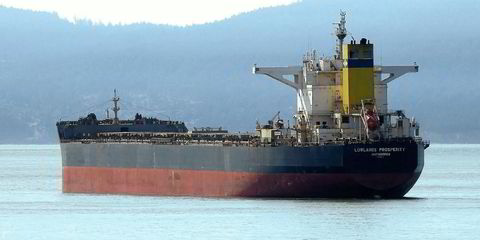Shipping should be on high alert for a potential rise in piracy on vessels forced to divert from the Red Sea due to Houthi missile attacks, the International Maritime Organization secretary has warned.
Arsenio Dominguez said the IMO has spoken to the authorities in East Africa —including Somalia — and West Africa to ensure the issue did not become bigger with increased traffic around the continent, according to the Financial Times.
Tensions in the Middle East have forced owners to switch from transiting the Suez Canal to taking a longer route west via the Cape of Good Hope and western Africa.
The rising tensions in the Red Sea have coincided with the relaunch of piracy off Somalia as Western naval forces are focused on tackling the Iran-backed threat of the Houthis.
Dominguez told the Financial Times: “We’re having conversations to create awareness with the member states surrounding the Gulf of Guinea just to be aware that with the increased traffic in the region, we should avoid new escalation or increased incidents of piracy.”
Ship transits and cargo volumes via the Cape of Good Hope in the first 11 days of February increased by about 75% from the same time last year, according to Portwatch, an International Monetary Fund and Oxford University collaboration.
Somali pirates completed their first successful hijack for six years in December when they seized the 41,600-dwt Bulgarian handymax bulker Ruen (built 2016) with 18 crew members. Negotiations continue for the release of the Navibulgar-owned ship.
Armed men boarded a second ship, the 170,100-dwt Lila Norfolk (built 2006), on 4 January off the coast of Somalia but fled before Indian commandoes stormed the vessel the following day.
Three days earlier, the 13,000-dwt Hana I (built 2007) was boarded in the Gulf of Guinea and at least two crew members were abducted.
Divided continent
“I can’t remember Africa or the Middle East, the Horn of Africa, ever been so divided as it is now,” said Conrad Thorpe, chairman of the Salama Fikira Group, an active player in the provision of security services during the height of the Somali piracy crisis.
He warned that the focus by Western powers on state-backed violence had shifted attention from groups motivated largely by money in states stricken with structural and political strife.
“You’ve got an absolute breakdown where law and order have been replaced by militias and militaries and bandits and vagabonds and everything else that goes with it. This is one fractured place.”
Thorpe wrote on LinkedIn how the crisis in the Red Sea led to a domino effect that made other areas “more dangerous and less well policed”.
“In that space, Somali pirates have again covertly and secretly marshalled financial, logistical and human resources and put to sea,” he wrote.

Dryad Global chief executive Corey Ranslem said he did not expect to see an uptick in Somali piracy for the foreseeable future.
Activity has dropped off since the hijacking of the Ruen and the Lila Norfolk incident, in part because of the increased presence of naval vessels across the region, he said.
The rerouting away from the Red Sea has seen many ships avoid the operating area of Somali piracy and the east coast of Africa when steaming from Asia to the Cape of Good Hope.
“I don’t see anything more than potentially one-off targets of opportunity. But we’ve seen, even with those, that coalition and patrol ships within this region have been fairly quick to mitigate those incidents,” Ranslem said.
Read more
- Seafarers garner strengthened right to refuse in Red Sea after Houthi attacks
- Surging risks for shipping sparks tie-up between Ambrey and Inchcape
- Red Sea risks see reinsurers start to pull back key cover
- Editor’s selection: Navig8 fleet sale rumours, Public owners going private and Norway’s sovereign wealth fund ups shipping interest
- War dangers leave industry struggling to recruit ‘innocent victim’ seafarers
- Somali pirates using hijacked fishing boats to launch attacks, shipping warned





